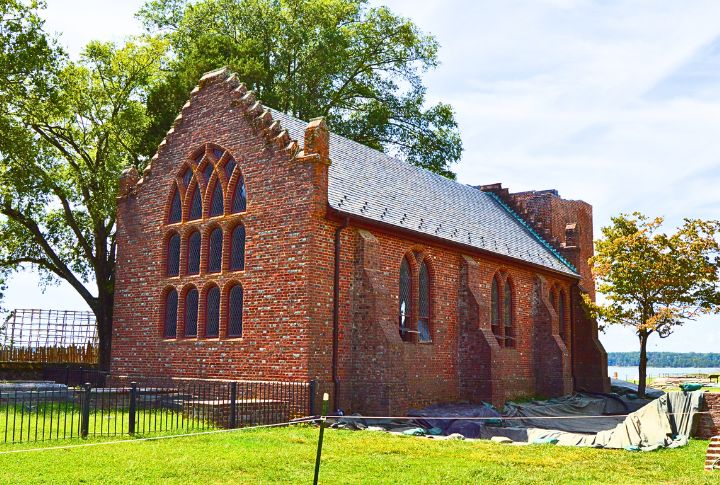
Jamestown wasn’t just a foothold—it was a turning point. Founded in 1607, it became the first permanent English settlement in North America. What followed shaped centuries of American political, social, and economic development. Its legacy lives on through hard-won systems, defining struggles, and the foundations of a new society.
Jamestown’s Founding
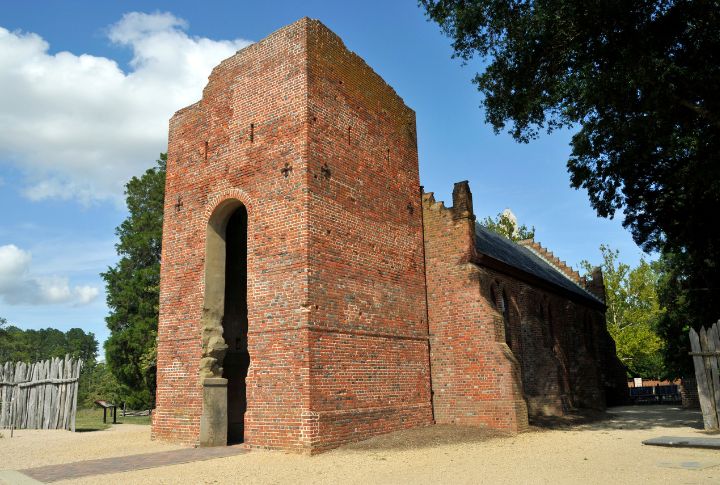
Established on May 14, 1607, by the British Virginia Company, Jamestown was England’s first permanent North American colony. Led by Captain Christopher Newport, 104 men and boys landed on the James River. Their objectives included extracting resources, searching for gold, and claiming land for England.
Strategic Site Selection

Jamestown was chosen for its strategic location on a peninsula along Virginia’s James River. The site offered deep water for ships to dock easily and was previously uninhabited. Its narrow land connection to the mainland also made defense easier by limiting access points.
John Smith’s Survival Rule
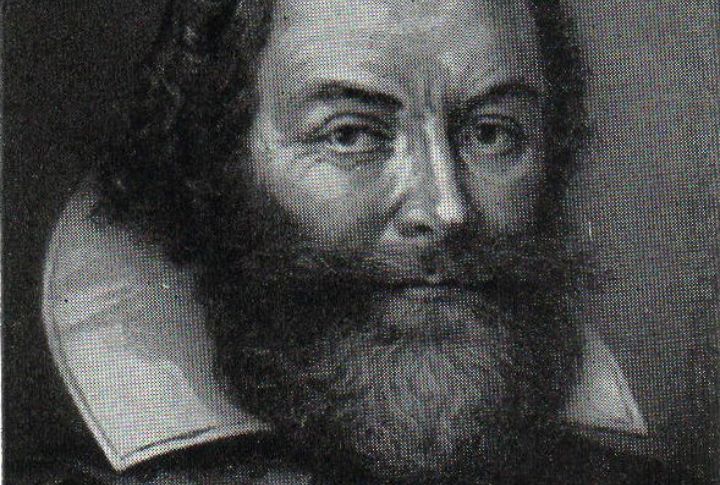
“He who does not work, shall not eat.” John Smith’s now-famous decree wasn’t just tough talk—it was survival policy. The rule cracked down on idleness and forced colonists to contribute. Backed by hands-on leadership, Smith’s order helped stabilize the colony, promote trade with Powhatan tribes, and keep starvation at bay in Virginia’s early days.
Powhatan Relations And Tensions
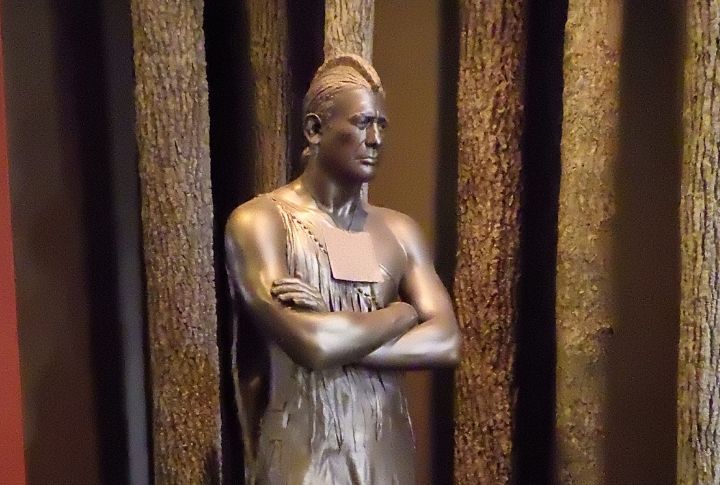
The Powhatan Confederacy, a union of 30-plus tribes led by Chief Powhatan (Wahunsenacawh), engaged in early trade with the English, exchanging food for tools. Yet, growing mistrust and English expansion led to sporadic conflict. Their fragile peace depended more on calculated exchanges than genuine alliance or lasting cooperation.
The Starving Time (1609–1610)

After Smith’s departure, weak leadership and severe drought led to famine during the winter of 1609–1610. Of the 500 colonists, only about 60 survived. Archaeological findings reveal the consumption of animals and even human remains, underscoring the colony’s desperation during Powhatan’s siege of Jamestown.
Tobacco And Economic Shift
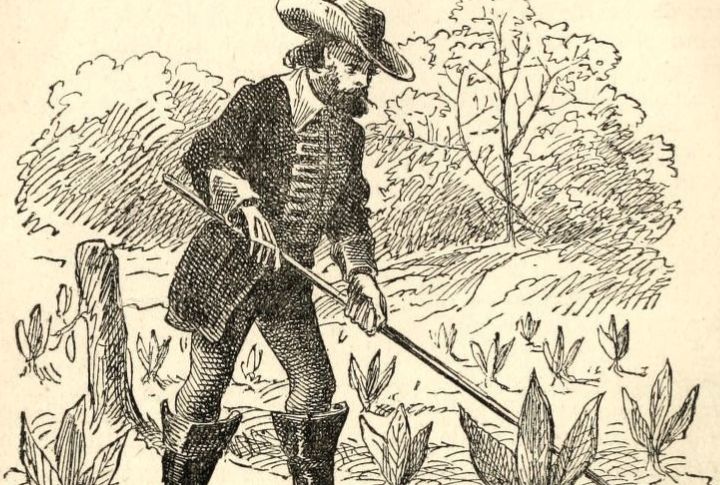
An English settler and agriculturalist, John Rolfe cultivated Nicotiana tabacum from seeds acquired via the Caribbean. By 1614, exports reached England and provided revenue through transatlantic sales. Tobacco became Virginia’s primary cash crop, which fueled demand for land and labor. It reoriented Jamestown from exploration to agriculture-based profit.
First Legislative Assembly (1619)
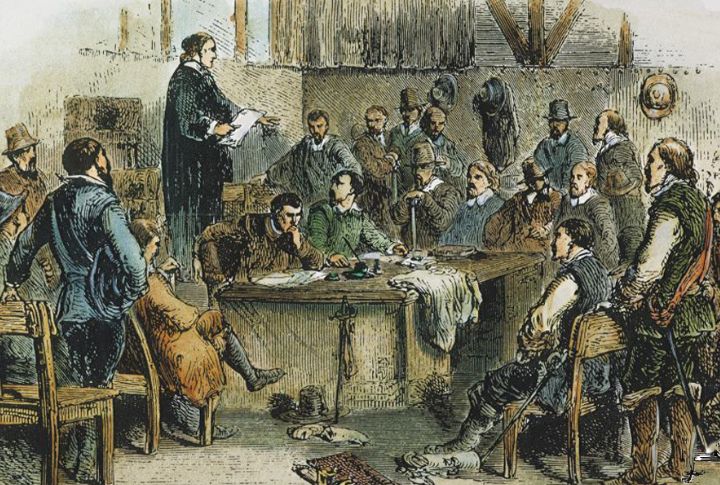
On July 30, 1619, the General Assembly met inside Jamestown’s church. Twenty-two elected burgesses represented settlements across Virginia. Known as the House of Burgesses, it marked the first representative legislative body in English America. The meeting laid the foundation for colonial self-rule, within limits still defined by the English Crown.
Arrival Of Enslaved Africans
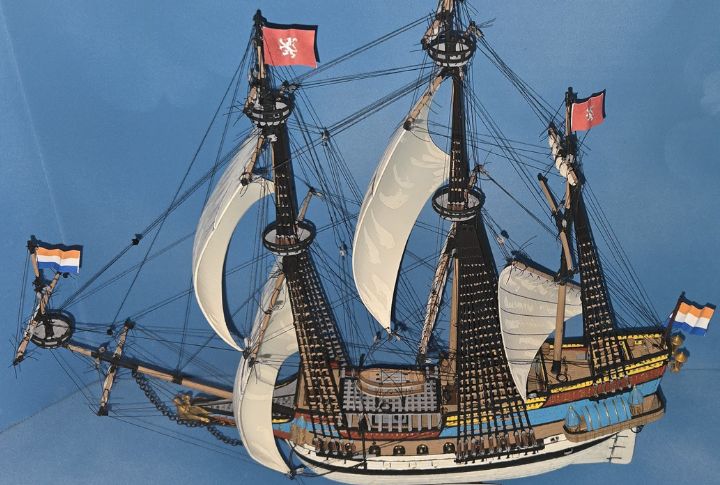
In August 1619, the English privateer White Lion brought about 20 Africans from a Portuguese slave ship to Virginia. Initially unclear, their status soon became that of enslaved. This marked the start of race-based chattel slavery in English North America and shaped its social and economic future.
Women And Colony Stability
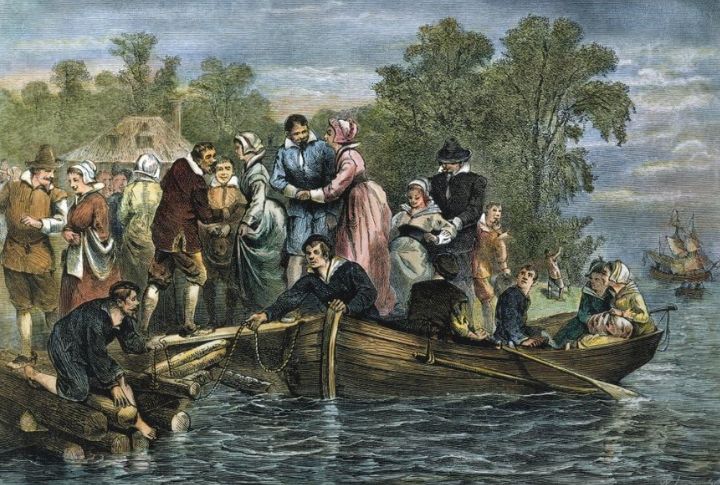
By 1620, the Virginia Company sponsored the migration of English women to Jamestown, aiming to promote social stability. Their presence allowed for permanent households, marriage, and population growth. Women were also involved in agriculture and textile production, in addition to raising families, which was important to settlement endurance.
Transatlantic Trade Networks
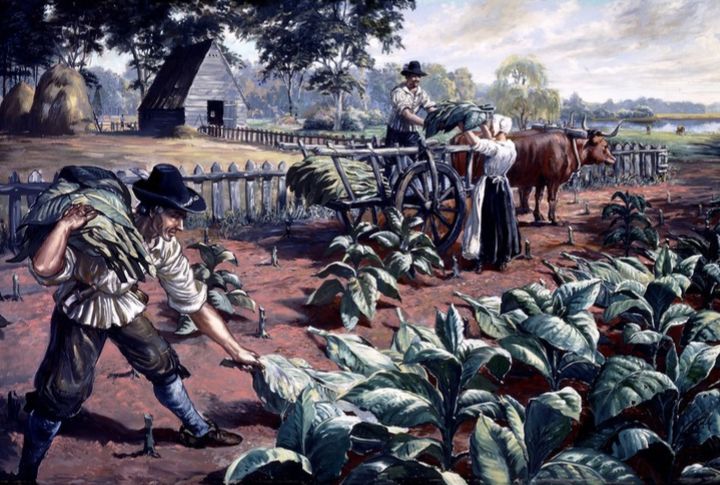
Jamestown relied on two key trade systems to survive. With England, colonists shipped tobacco in exchange for iron tools, cloth, and weapons. Locally, they traded with Powhatan tribes, offering metal goods and glassware for food and furs. These overlapping exchanges tied Jamestown to both Native alliances and the growing web of transatlantic commerce.
Anglo-Powhatan Wars (1610–1646)
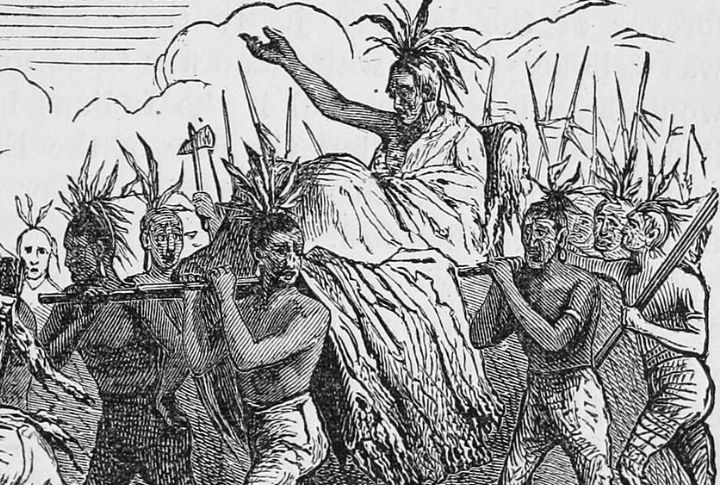
Three wars (1609–14, 1622–26, 1644–46) erupted over land and resources between English colonists and Native tribes between 1609 and 1646. The 1622 massacre, in particular, killed a quarter of the settlers. Peace came only after Chief Opechancanough’s 1646 capture and execution by forces led by Colonel Richard Ingle, which ended Native resistance.
Spanish Espionage And Tensions

Spain perceived Jamestown as a potential threat to its territorial claims in North America. Although the Spanish never launched direct attacks, their agents maintained vigilant colony surveillance. A 1609 Spanish intelligence report even cautioned that Jamestown’s survival might undermine Spain’s control over Atlantic trade routes and regional dominance.
Religion And Colonial Order
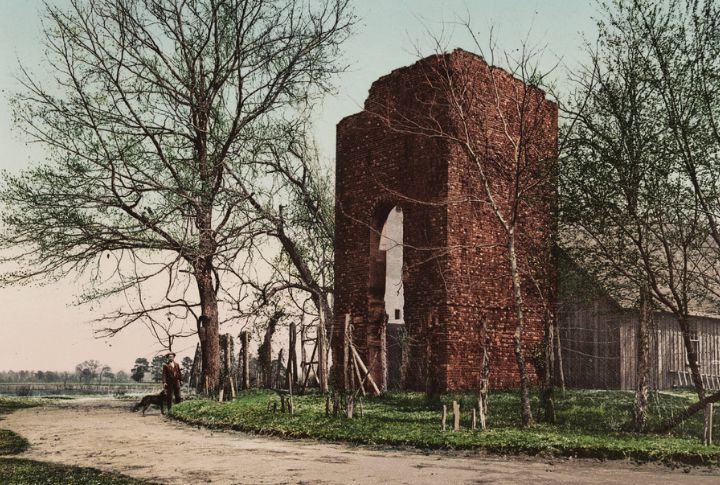
The Anglican Church was the colony’s official faith. Daily prayers, Sunday worship services, and strict moral laws regulated settlers’ behavior. These churches also functioned as courtrooms and civic centers. Ministers, supported by the Virginia Company, actively promoted religious conformity and reinforced traditional English societal norms in the New World.
James Fort And Military Design
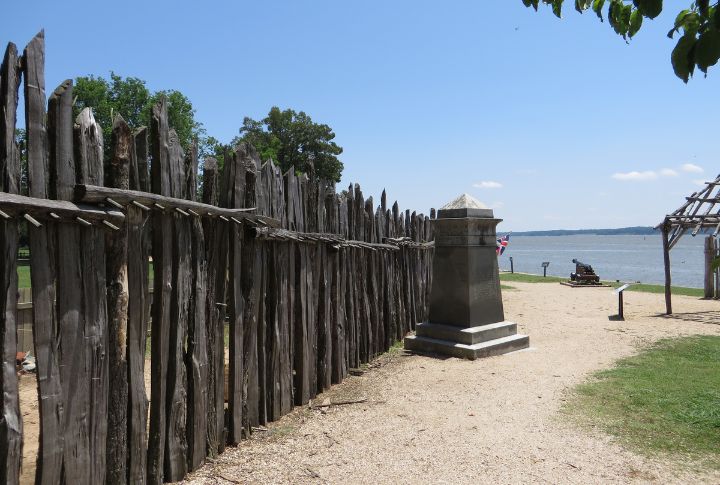
James Fort, the original stronghold at Jamestown, was built in a triangular shape with three bulwarks, a palisade wall, and basic housing. Its layout reflected fears of Spanish attacks and conflict with nearby tribes. Archaeological digs have even revealed buried weapons, showing a settlement always prepared, even while struggling with limited funds and supplies.
Charter Collapse And Crown Rule
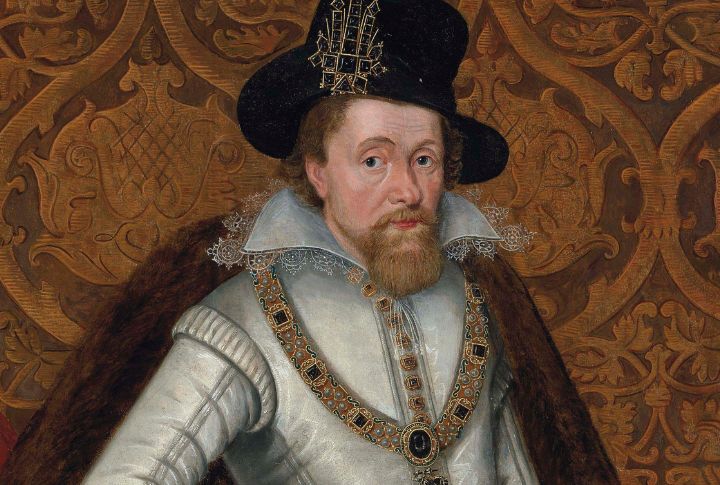
Jamestown was established by the Virginia Company, a private venture backed by English investors. Its royal charter allowed the company to govern the colony, appoint leaders, and make local laws. But after years of poor management and mounting debt, King James I revoked the charter in 1624. Control shifted to the crown, and Jamestown became a royal colony under direct English rule.
Labor, Food, And Social Divide
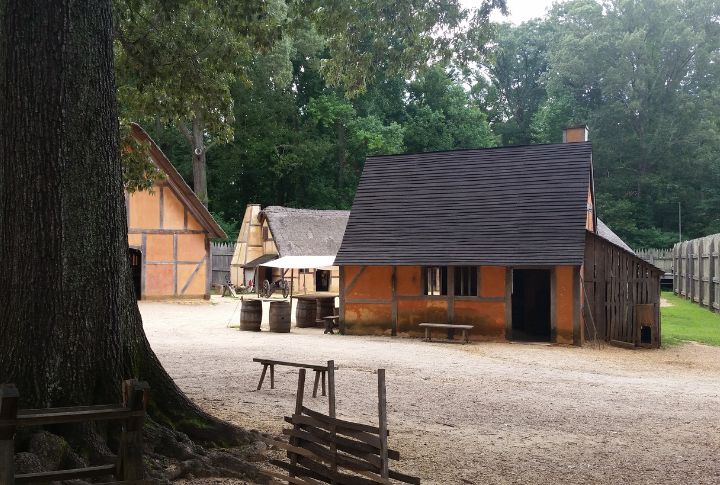
Daily life in Jamestown was physically demanding and shaped by scarcity. Most colonists lived in simple thatched cottages and relied on maize, pork, and homegrown vegetables for food. Clothing was made from linen or deerskin, depending on status and resources. As the settlement grew, social divisions deepened—landowners held power over laborers, indentured servants, and enslaved Africans.
Education And Literacy Gaps

Formal education in early colonial society was largely inaccessible, restricted primarily to the clergy and elite families. Literacy remained low, particularly among laborers and women, and available instruction focused on biblical reading and moral discipline. Despite the scarcity of schools, religious and legal texts still circulated widely throughout the population.
Land Expansion
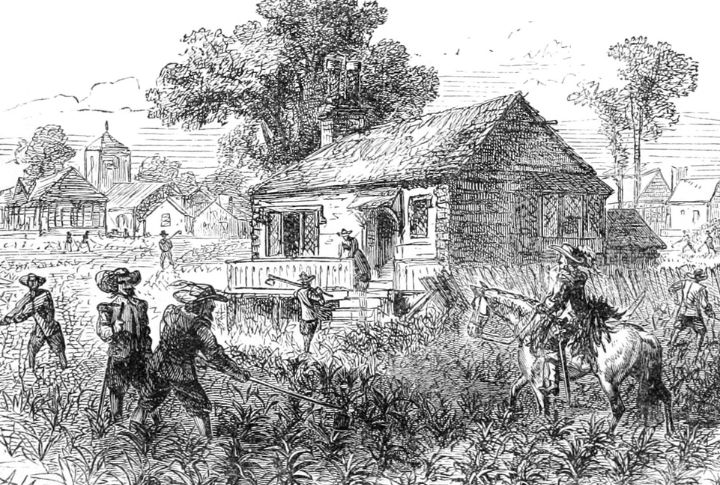
As tobacco profits soared, settlers pushed westward, displacing Native American communities and claiming more land. The headright policies granted 50 acres of land per settler, encouraged migration, and helped create wealthy landowning classes. This expansion increased labor demands and even deepened reliance on enslaved African labor by mid-century.
Pottery Production And Supply Needs
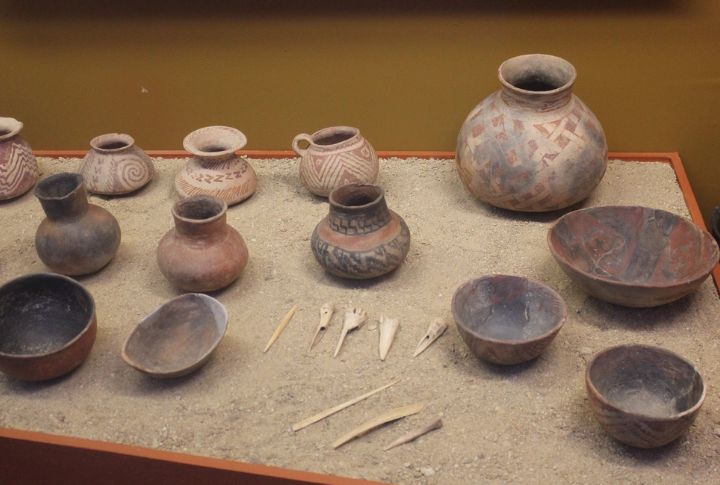
Pottery production in Jamestown began out of necessity, as imported wares from Europe were insufficient for settlers’ needs. Skilled artisans, likely trained in England, crafted utilitarian red earthenware on-site. Archaeological finds reveal diverse pottery types, including graffiti ware and salt-glazed stoneware, reflecting local and imported traditions.
Fishing And Food Survival

Fishing represented an essential subsistence strategy for Jamestown’s colonists, particularly during times of food shortage. Although the James River offered plentiful marine life, the colonists lacked the skills and equipment to develop and sustain effective fishing practices. Even so, their efforts helped ease hunger and contributed to the colony’s early survival.
